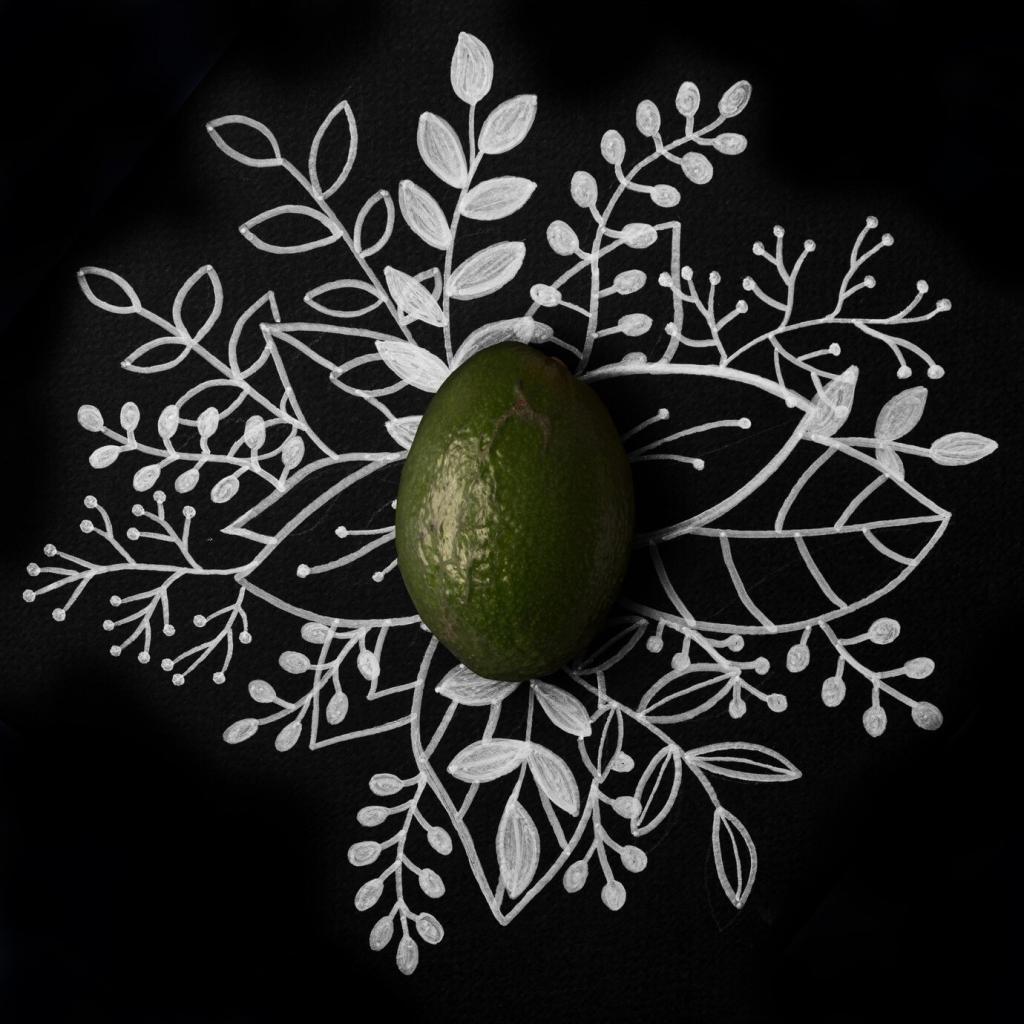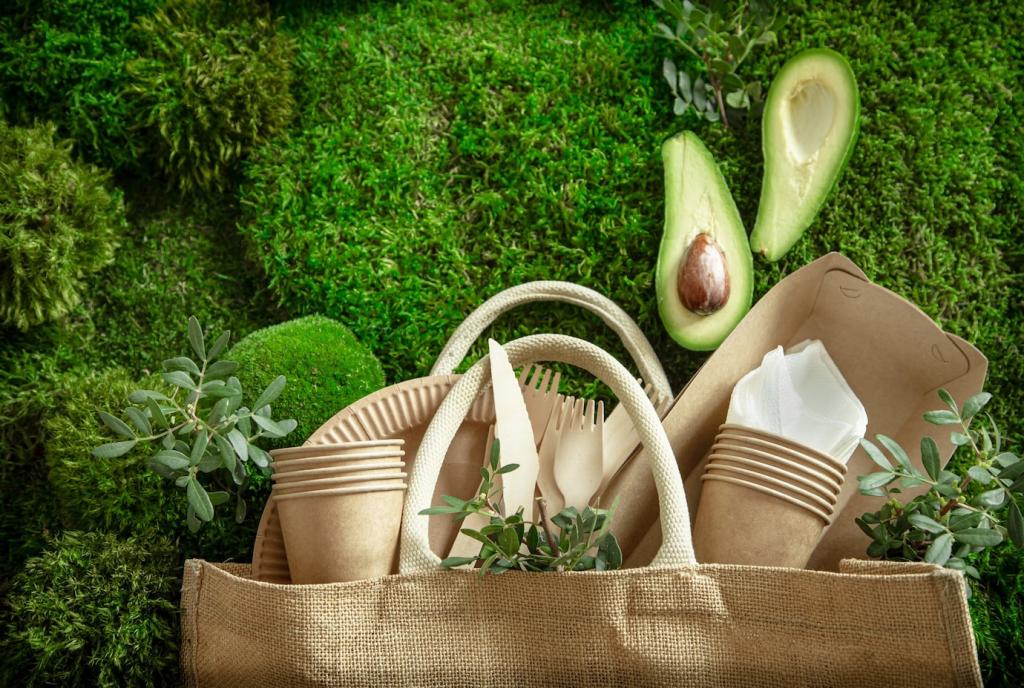Transforming Spaces: Recycled Objects in Interior Design
Why Recycled Objects Transform More Than Rooms
Every salvaged plank or bottle kept out of the landfill reduces demand for new materials and energy. Small choices accumulate into meaningful impact, proving design can be beautiful and responsible. Tell us which castoff you’ve rescued lately.
Why Recycled Objects Transform More Than Rooms
Scratches, sun-faded paint, and hand-cut edges carry history that brand-new items simply cannot match. Embracing these marks creates warmth and authenticity. Share a photo of your favorite imperfect treasure, and inspire another reader to begin.


Finding Materials with a Past
Explore architectural salvage yards for reclaimed wood, vintage doors, iron grates, and hardware. Ask about provenance and structural integrity, and check for hidden nails or rot. If possible, source from deconstruction projects, where materials are carefully removed and preserved.


Finding Materials with a Past
Search local marketplaces, community boards, and giveaway groups for free or inexpensive items. Verify measurements, inspect photos closely, and message sellers for details. Set alerts for specific keywords like barn wood, lockers, or wrought iron to catch deals quickly.
Preparation and Safety First
Start by removing dirt, oils, and loose finishes with gentle cleaners and soft brushes. Neutralize rust and treat wood for pests or moisture. Test old paint for lead, and rewire vintage lighting with a qualified electrician before installation.

Designing Cohesive Interiors with Salvaged Pieces
Pair reclaimed steel or iron with soft textiles, warm woods, and plants to avoid a cold, utilitarian feel. Contrast sharp lines with plush cushions and natural fibers. Tell us how you cozy up metal in your living spaces.

Living Room Centerpieces
Transform pallet boards into a coffee table with hidden storage, or suspend glass bottles as a sparkling cluster pendant. Reupholster a vintage armchair in modern fabric. Post your living room makeover and tag the smartest reuse detail you tried.
Kitchen Character
Use reclaimed gym flooring for cabinet fronts, copper pipes for open shelving, or old bakery trays as pot racks. Add butcher-block offcuts for a compact island. Share your favorite food-safe finishes and what you’d do differently next time.
Bedroom Sanctuary
Mount a headboard from weathered doors, soften with linen, and flank with upcycled crate nightstands. Vintage suitcases become under-bed storage. Tell us how you balance restful minimalism with the soulful textures recycled pieces bring.

A Hallway of Memories
One couple turned discarded canoe paddles into a sculptural coat rack, sealing them with matte varnish. Each paddle bears a trip date burned into the wood. Comment if you’d like the template we used for the staggered mounting pattern.

From Crates to Credenza
Stacked fruit crates, reinforced with a plywood back and locking casters, became a rolling media console. The mismatched stamps became design accents. Ask for the cut list below, and we’ll share dimensions for common crate sizes.

Seasonal Checkups
Tighten joints, re-wax finishes, and inspect for rust or moisture. Add felt pads under heavy pieces, and reseal countertops annually. Comment to receive our printable maintenance calendar tailored for wood, metal, and mixed-material projects.
Gentle Cleaning Wisdom
Avoid harsh chemicals that strip patina. Use microfiber cloths, mild soap, and vinegar solutions on glass and metal. Test first, dry thoroughly, and protect surfaces with coasters. Share your gentle cleaning hacks that preserve character without dulling finishes.
Repair Culture Mindset
Celebrate fixes as design features, from butterfly keys to visible mending stitches. Teach kids and friends simple repairs to pass skills along. Post your proudest repair story, and we’ll spotlight it in our community newsletter.
Small Spaces, Big Reuse
Fold, Stack, Slide
Create nesting tables from suitcase lids, a folding desk from an old solid-core door, and sliding under-sofa bins from wine crates. Tell us your square footage, and we’ll suggest space-saving projects you can finish this weekend.

